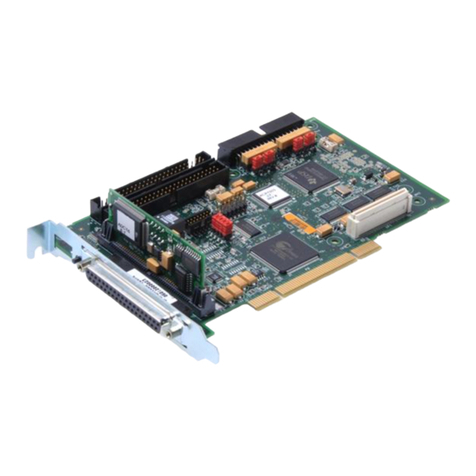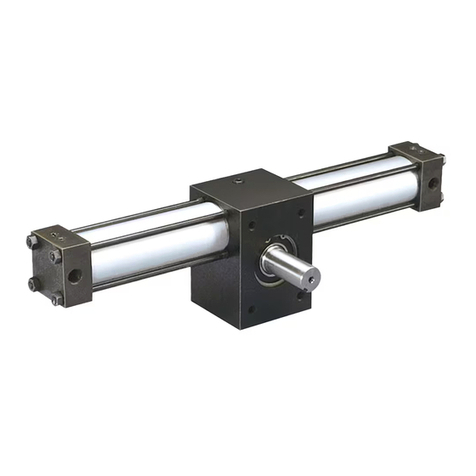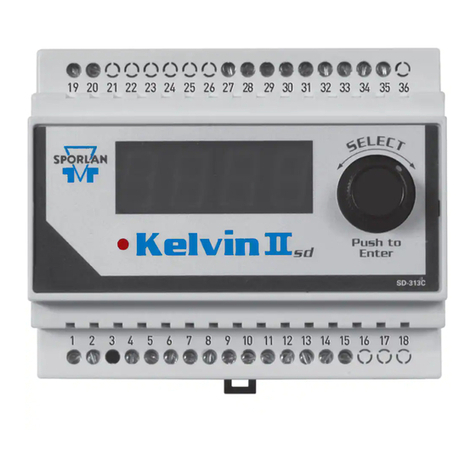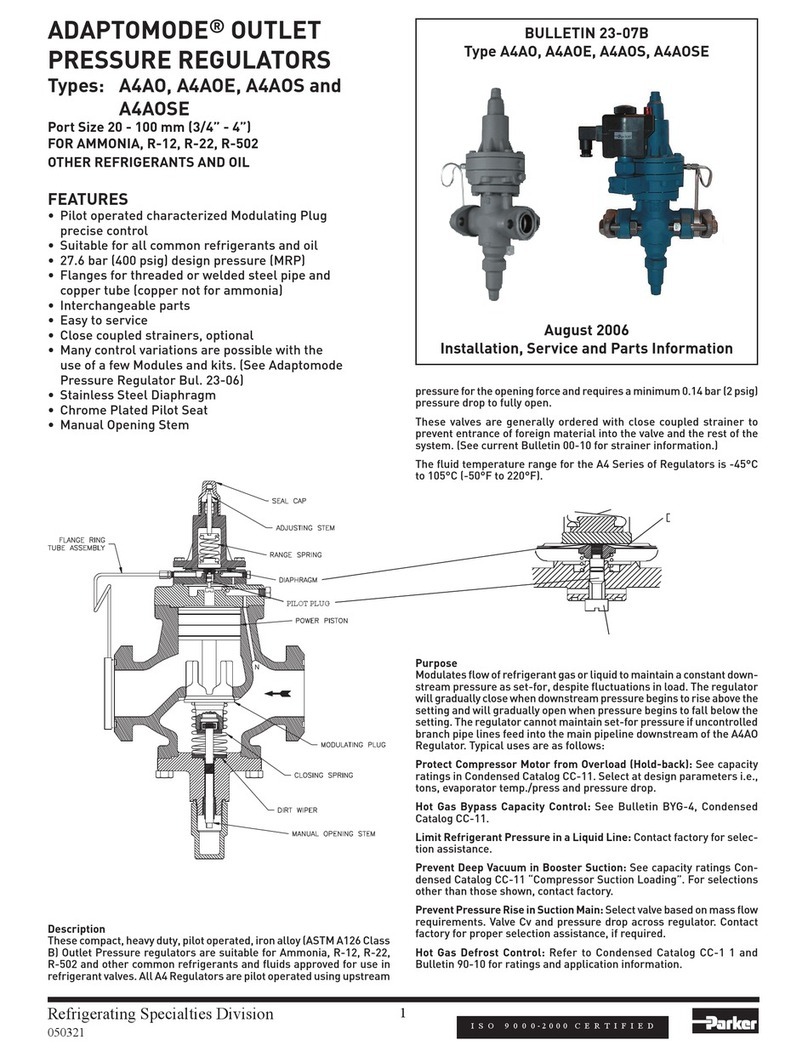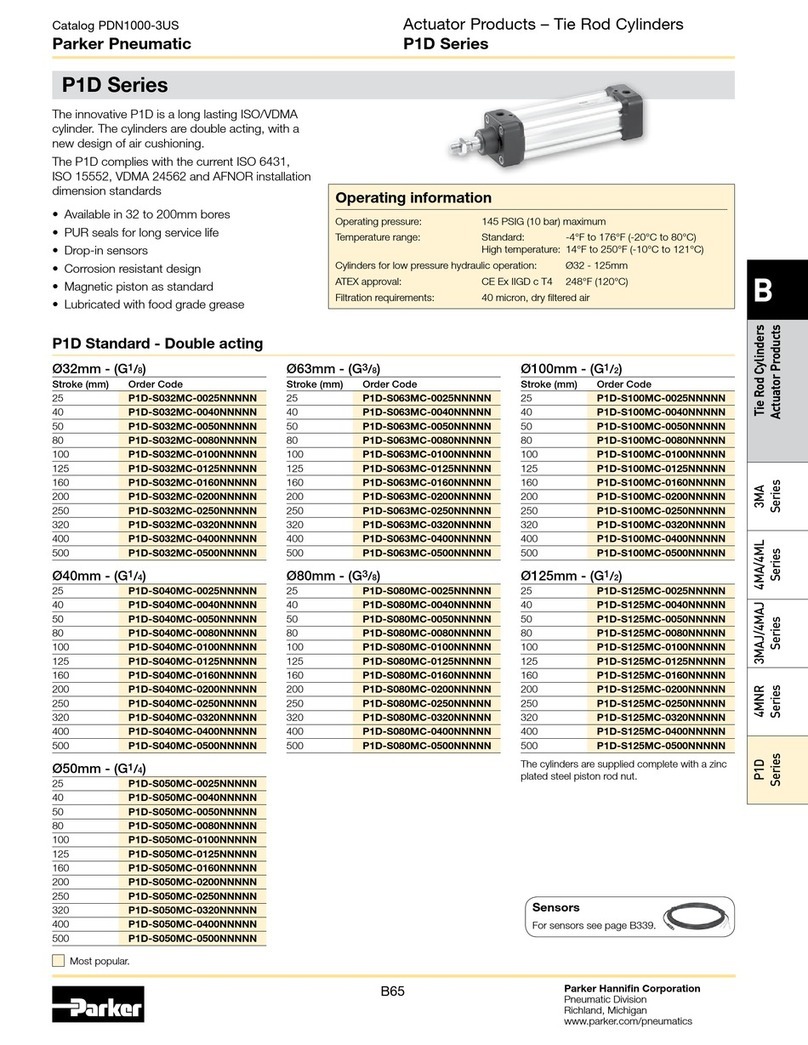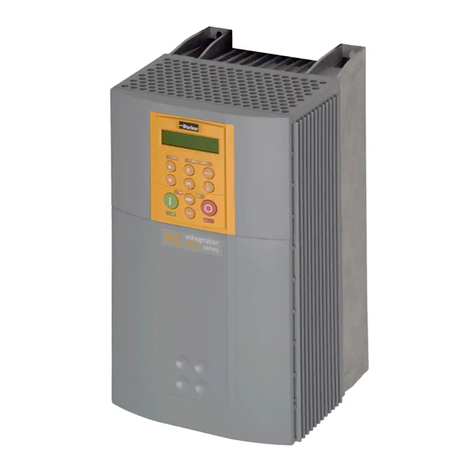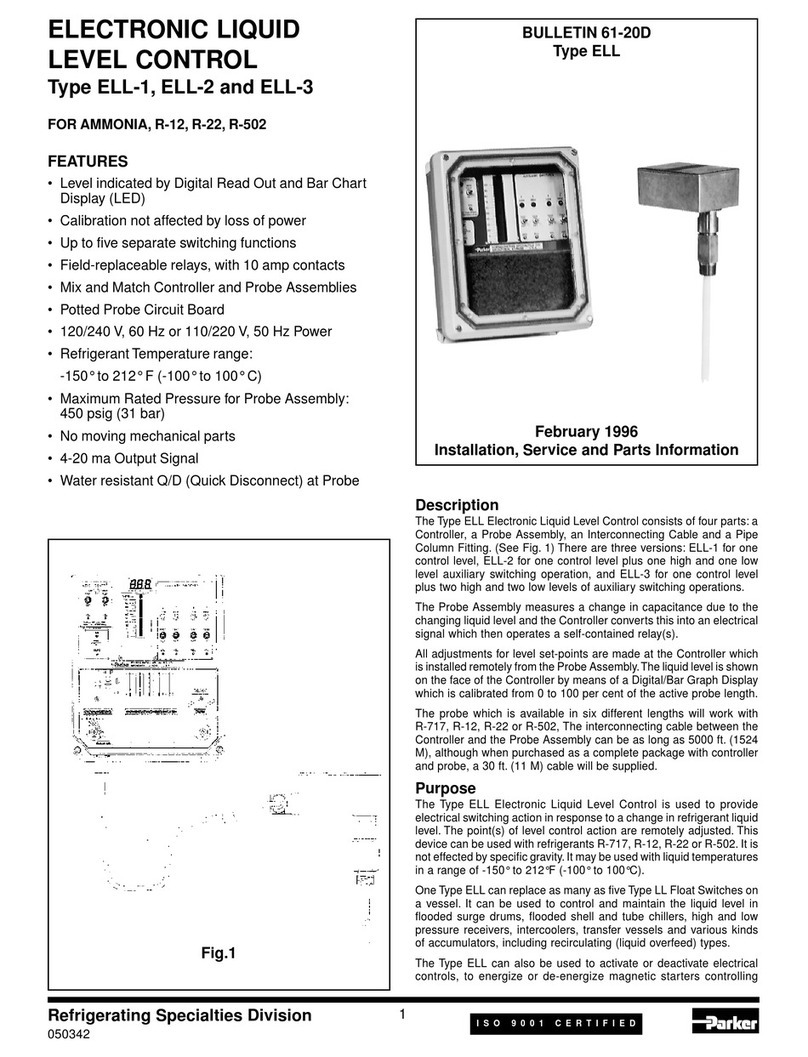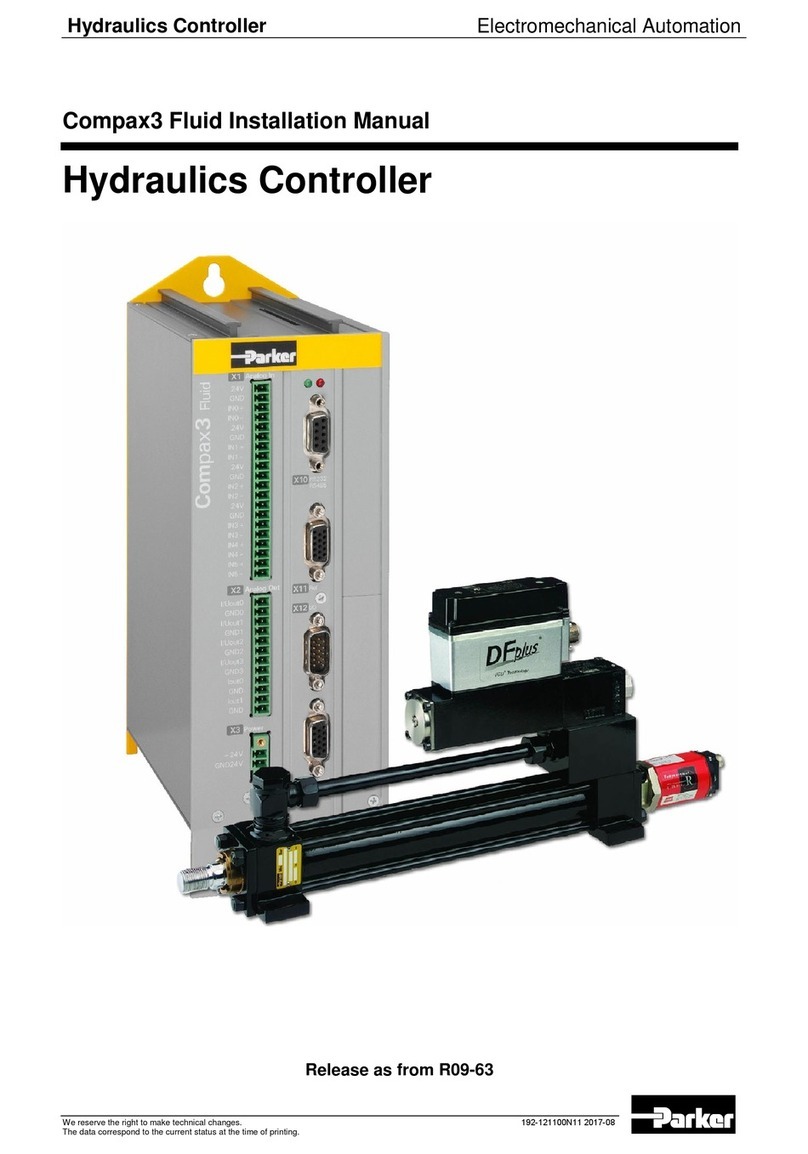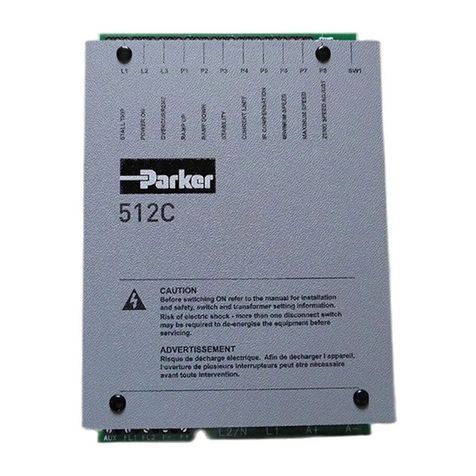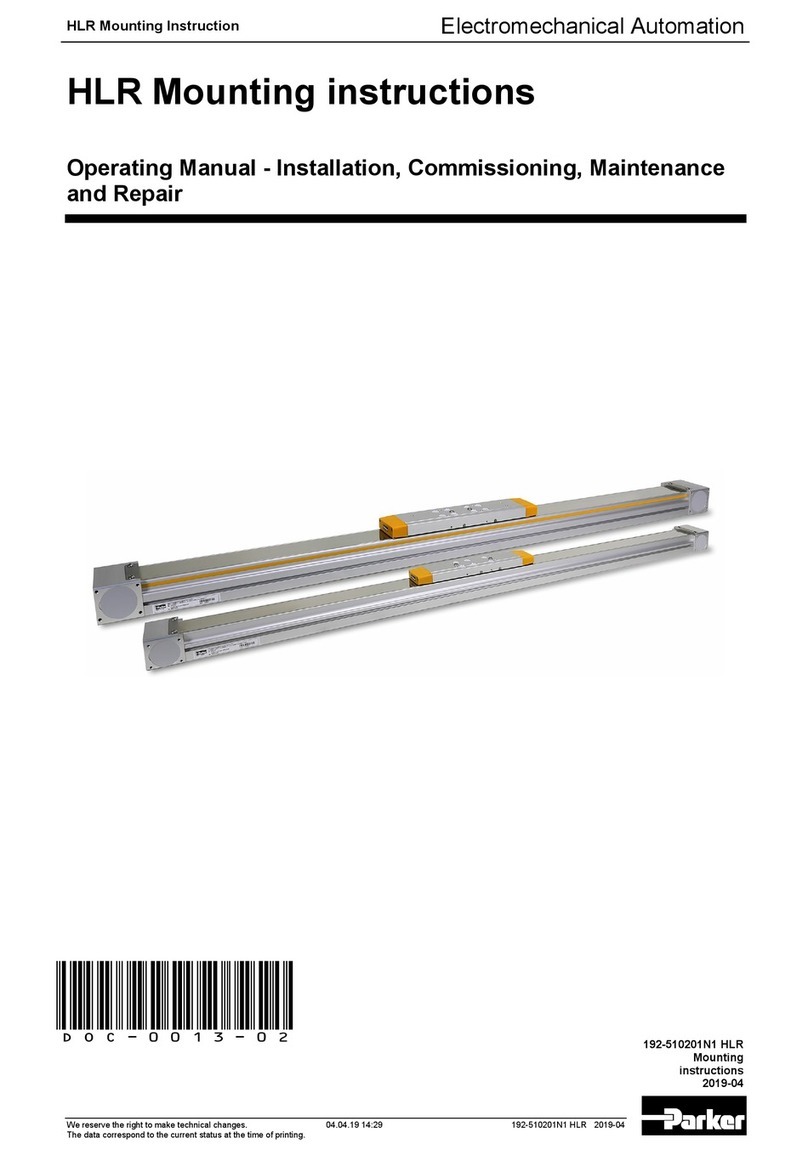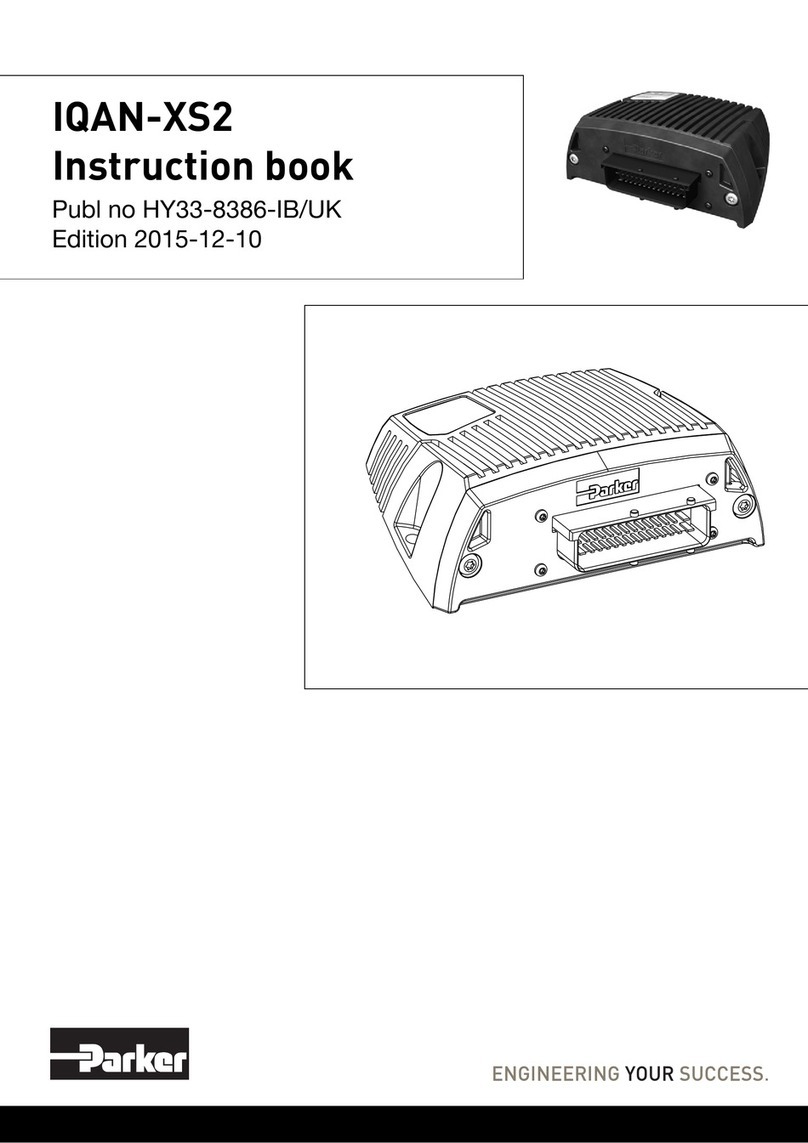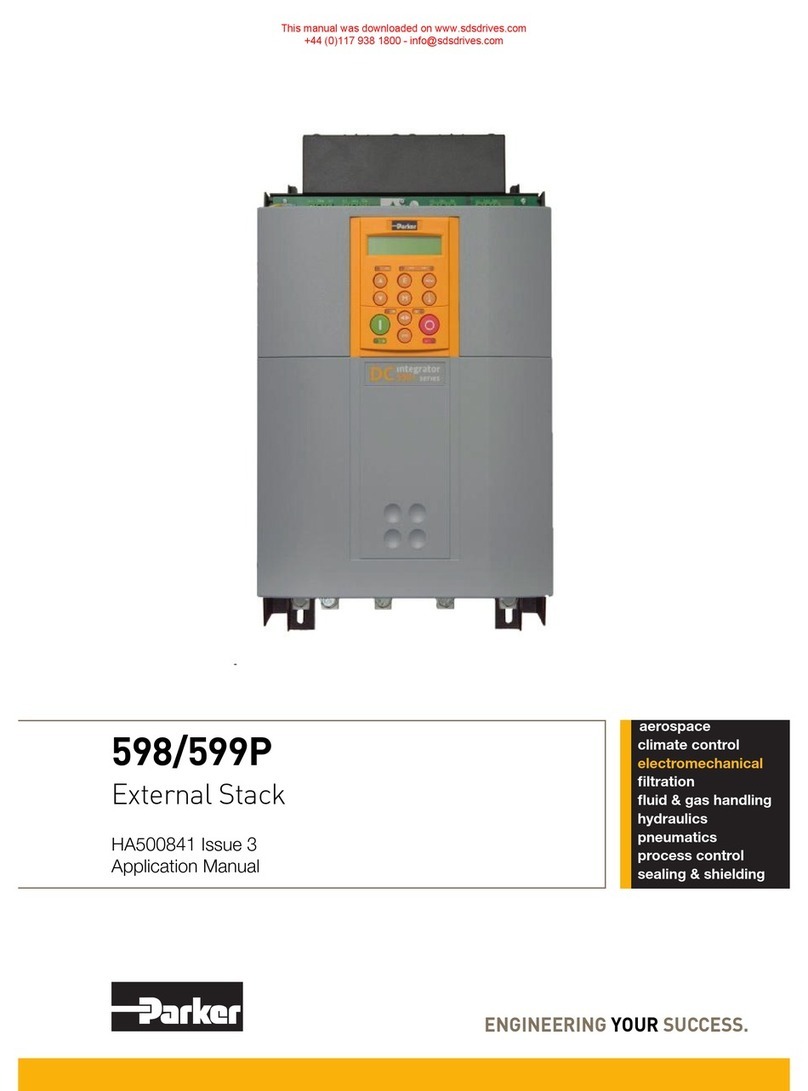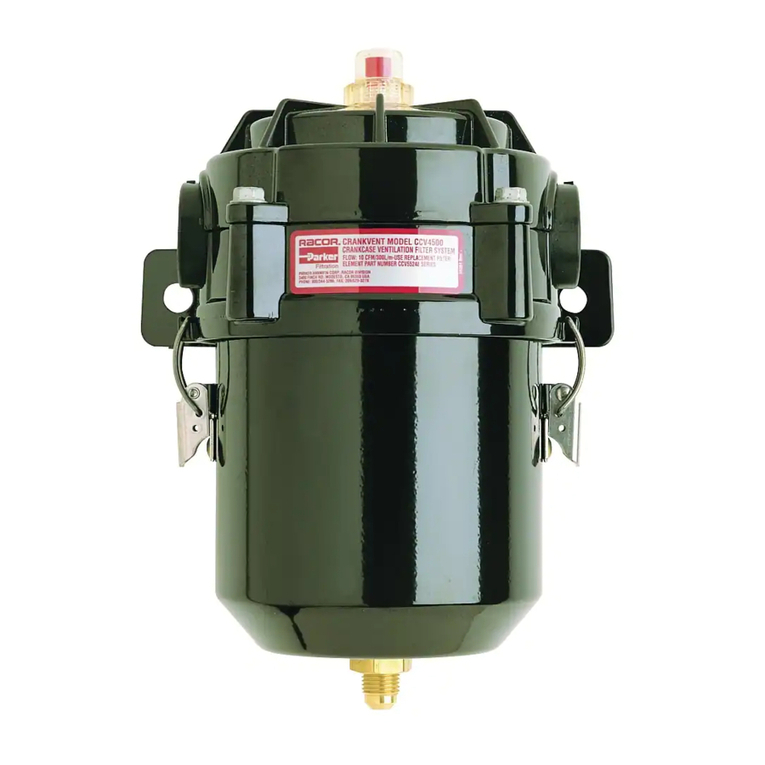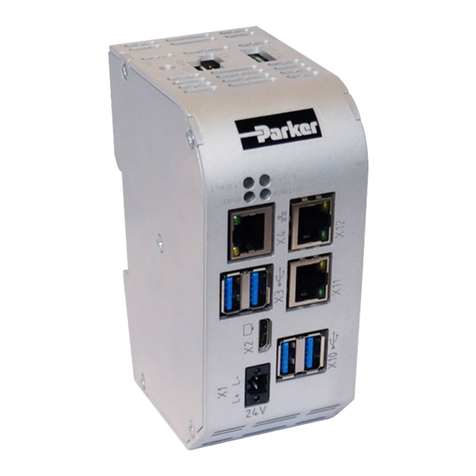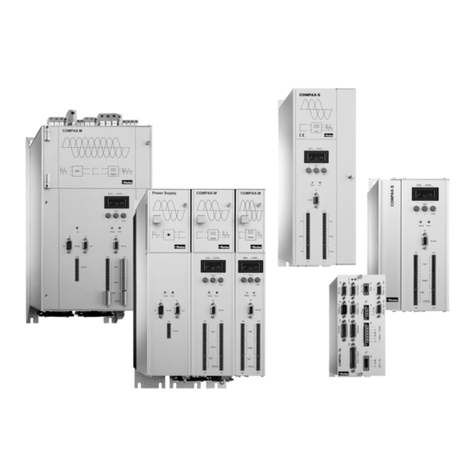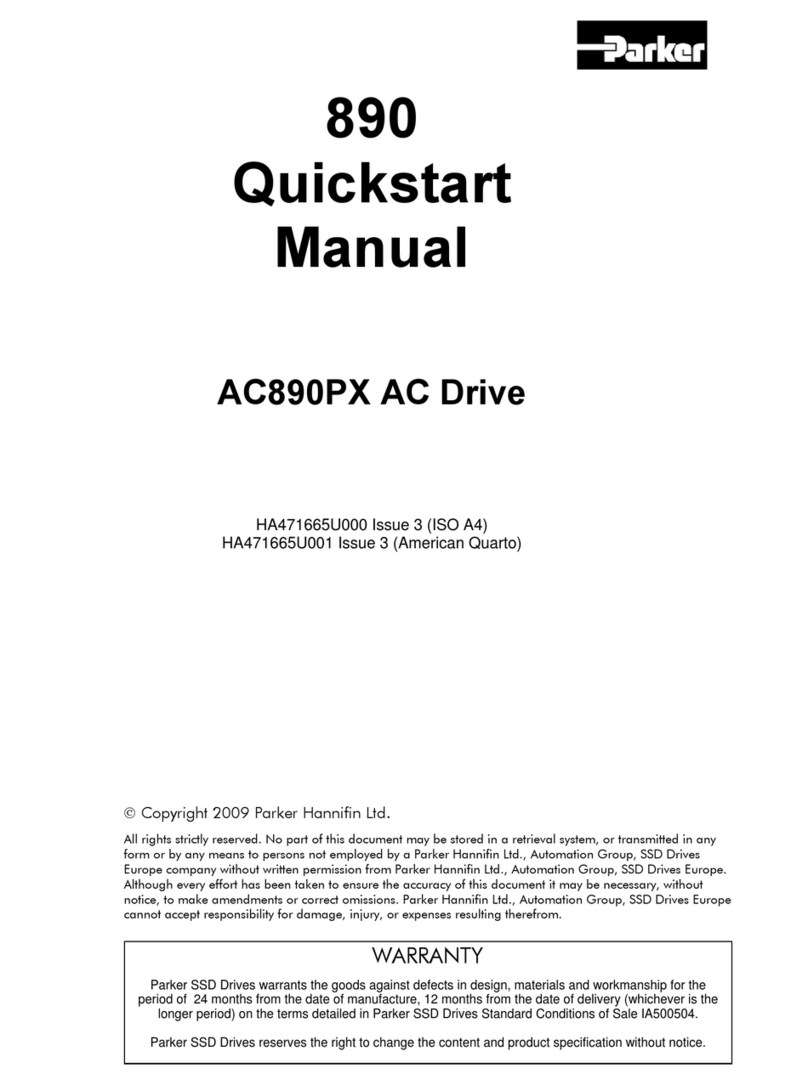
Refrigerating Specialties Division 3
materialhandlingequipment. Whenitisneces-
sary to insulate the regulator (and companion
strainer), the insulation should be installed to
provideaccesstotheregulator(andcompanion
strainer) for adjustment and maintenance. Do
not insulate the solenoid coil and coil housing.
Properindicating gauges shouldbe installedto
be easily visible to the operating engineer for
system checking and adjusting purposes.
Disassembly and Assembly
Before disassembling any A4A type regulator,
read the information in this bulletin and Bulletin
RSB,SafetyProceduresforRefrigerating Spe-
cialties Division Refrigeration Control Valves.
Before a regulator is removed from the line or
disassembled in the line, make sure that all
refrigerant has been removed from the regula-
tor,includingthebonnet,whereapplicable,and
theclose-coupled strainer. The regulator must
beisolated from therest ofthe system ina safe
manner. When pumping down to remove the
refrigerant,themanualopeningstem33Amust
beturned out(counter clockwise) tomake sure
the valve is open.
All A4A Regulators
General Procedure
Theconstructionoftheregulatorandthemethod
of disassembly are relatively simple, but some
proceduresmustbe followedto avoid damage.
The following describes the procedure for the
basic A4A; special instruction for other styles
will be included in other appropriate sections.
Disassembly-TakecarewhenremovingSeal
Caps(1)and(44)incasesomerefrigerantmay
betrappedinside. Backthe AdjustingStem(6)
all the way out to remove any pressure from
Range Spring (13) otherwise damage to Dia-
phragm (17) or Pilot Seat (18) may occur. Re-
move Bonnet (8) by carefully removing Cap
Screws (11). Take care not to damage Dia-
phragmFollower(15). RemoveAdapter(28)by
removing Cap Screws (31). Turn the Manual
OpeningStem(33A)allthewayinuntiltheflats
onthestembarelyprotrudefromthestuffingbox
nut. Push Piston (30) down against the spring
force. Thepistonshouldmovefreelydownand
be returned by the spring force. If the piston is
jammed or sticky, remove Bottom Cap Assem-
bly, which includes Items (33) through (42), by
removing Cap Screws (39) or unscrewing Bot-
tom Cap, 3/4" through 1-1/4" (20mm through
32mm). Using a hard wood dowel rod inserted
through the bottom of the valve, tap the piston
upward and out. Thoroughly clean all parts. If
jamming has taken place and the piston and
bore are scored, remove all burrs by polishing
the piston, bore and modulating plug with fine
crocus cloth. Inspect the seating area of the
Modulating Plug (33) for damage or erosion. If
damaged it should be replaced. It would be
advisable to replace the entire bottom cap as-
sembly. Inspect all gaskets and “o” rings for
damage and replace where necessary.
Assembly - When reassembling the valve, all
internal parts should be clean, dry and lightly
oiledwithrefrigerantoil,except“o”rings. Apply
silicone grease to the “o” rings. Care must be
taken especially when the parts are cold since
moisture can condense on parts and cause
rapid rusting. When replacing gaskets, they
should be oiled very lightly with refrigerant oil
before assembly. Items which require several
bolts to fasten must be tightened uniformly to
provide proper alignment and seating. (See
Bolt Torque Table). Install bottom cap assem-
bly first and tighten in place. Carefully replace
thepiston;nevertrytoforceitinplace. Alignthe
Adapter Gasket (29) carefully with the proper
holes in the adapter and the valve body and
fastenadapterinplace. Beforeassemblingthe
bonnetbe surethe adjusting Stem (6) isturned
all the way out. Place Gasket (19), Diaphragm
(17)andGasket(16)inAdapter(28). Theraised
center of the diaphragm must be towards the
bonnet. StackDiaphragmFollower(15),Lower
SpringRest(14),Spring(13)andUpperSpring
Rest (12) on top of diaphragm and carefully
lower bonnet in place and tighten Screws (11)
inplace. TightenCapScrews(11)evenly. The

